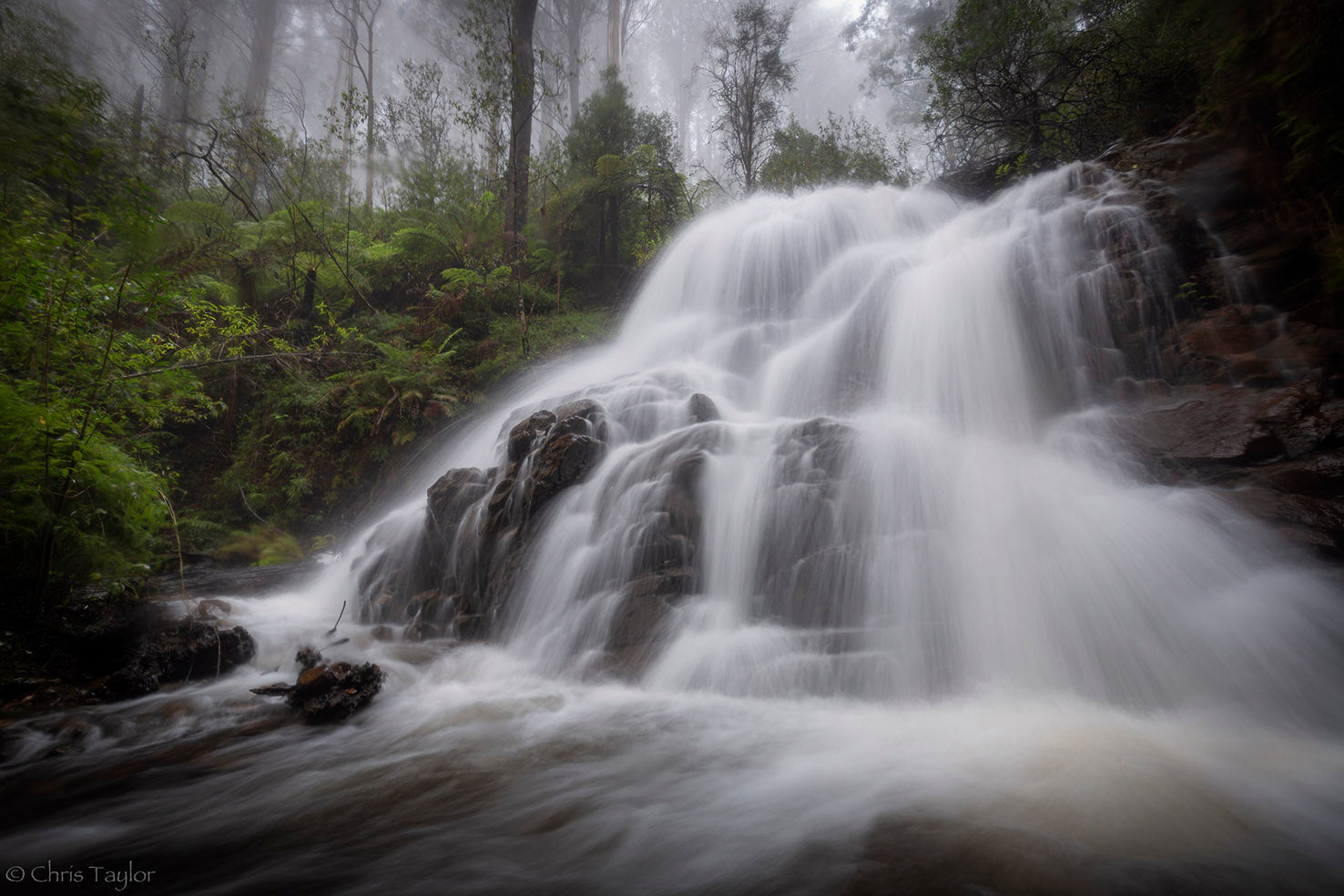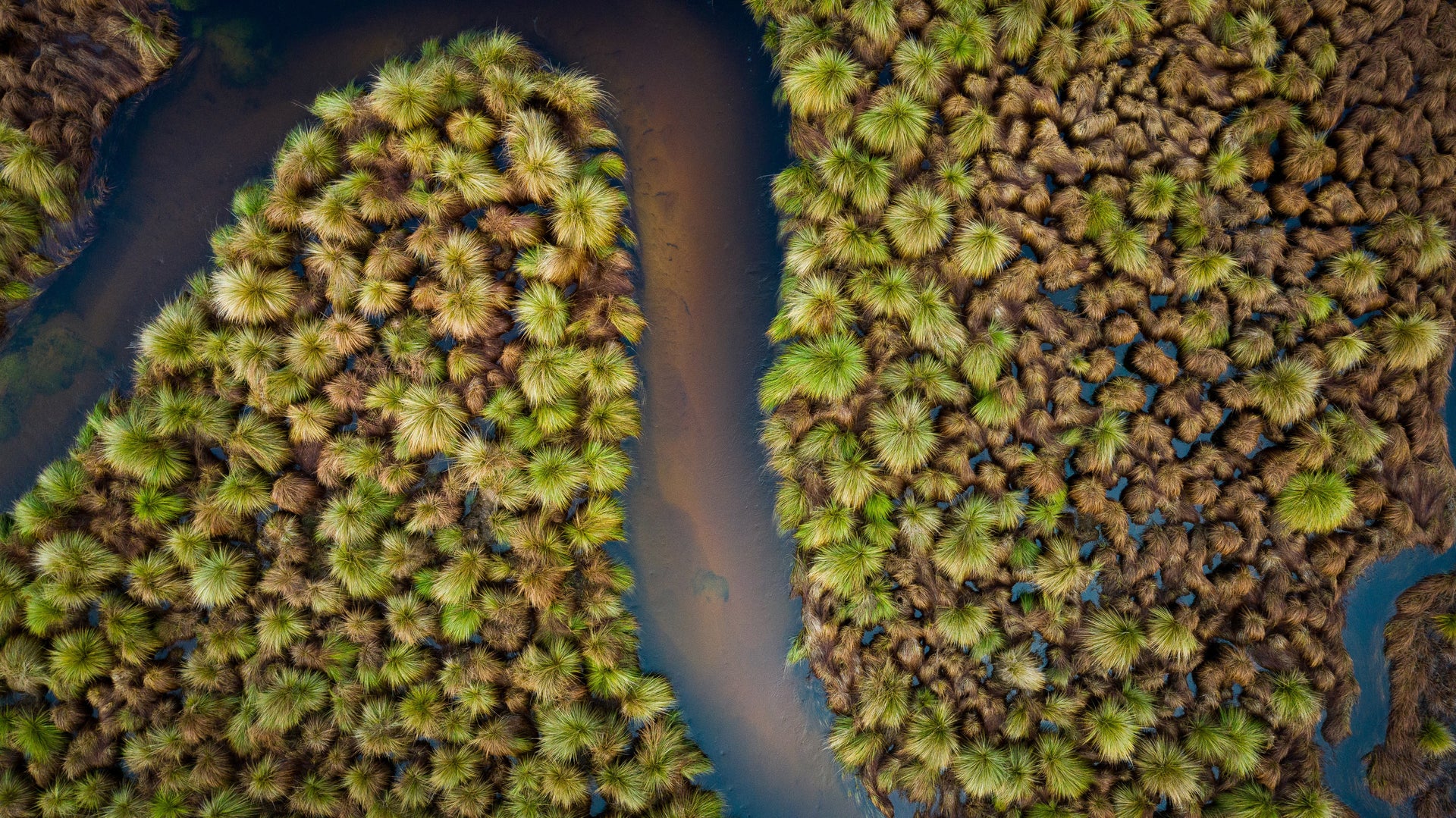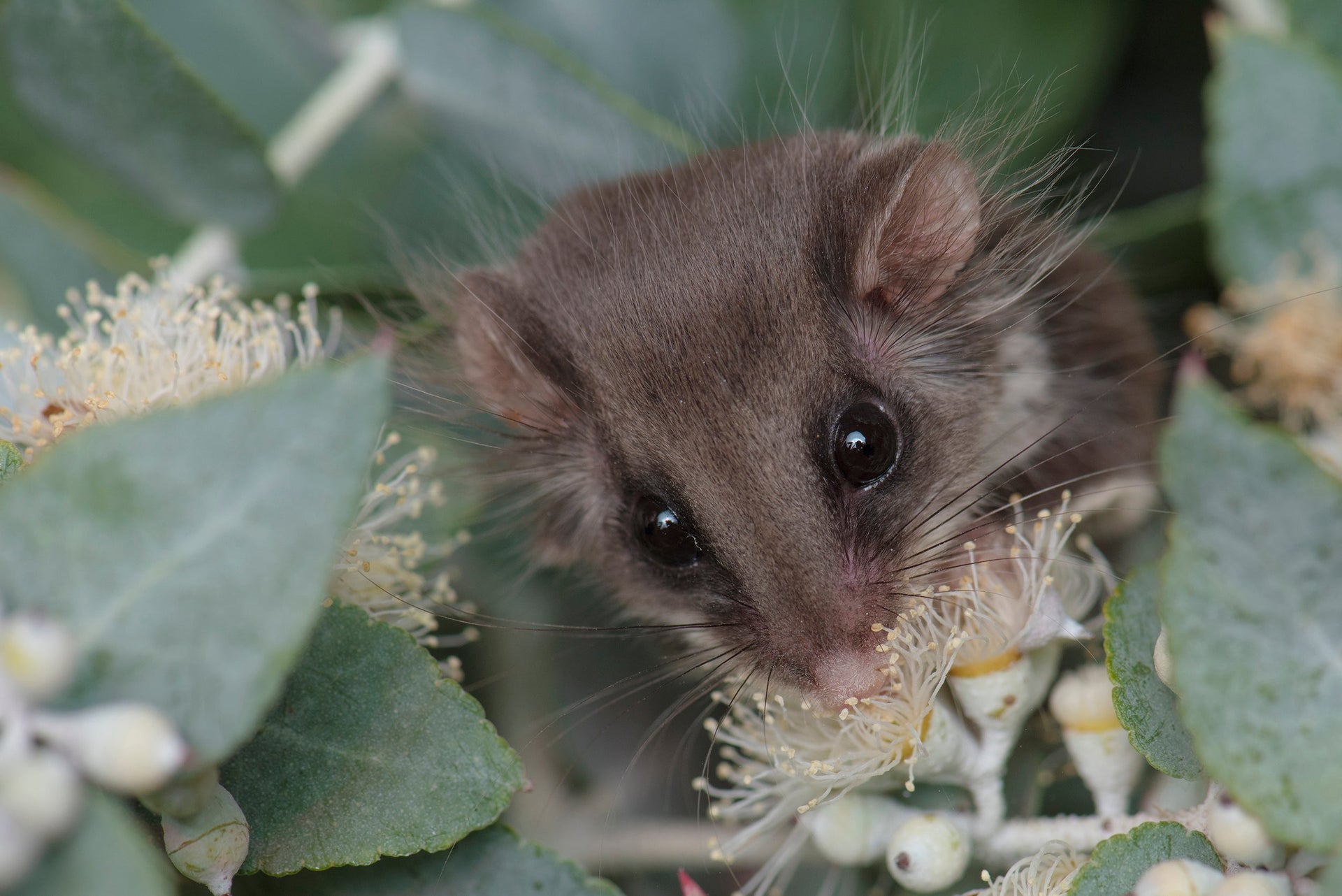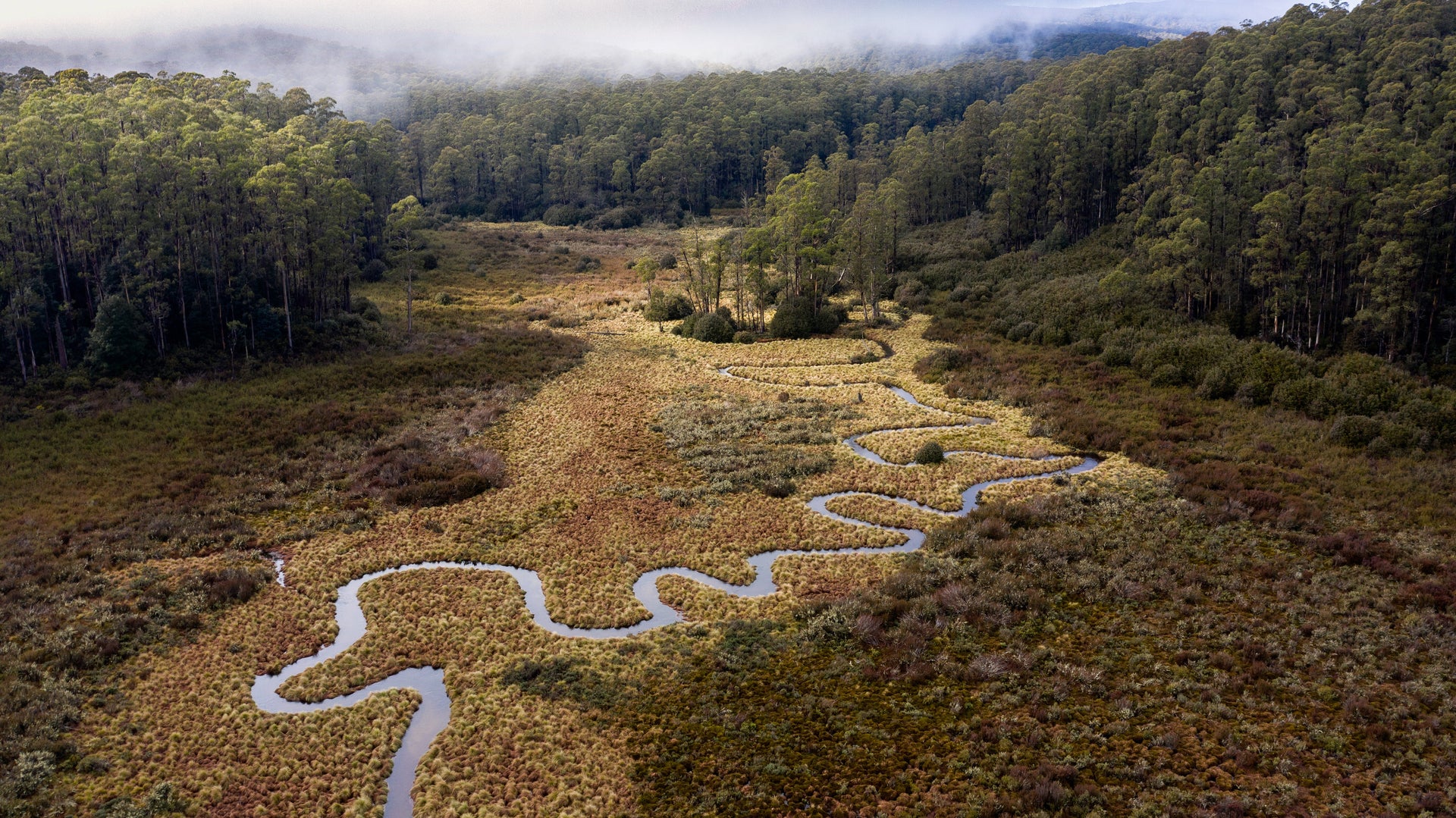After the 2009 bushfires tore through forested communities in the Central Highlands of Victoria, the land, people and wildlife were devastated. While the forests were still smouldering, bulldozers and chainsaws started felling trees, leaving fire-surviving communities grieving ever more deeply. What was best for people, wildlife and the ecosystem was not questioned by the government of the day who had big woodchip contracts to fulfil. People who had risked their lives to protect the forests from fire, now saw the same trees carted out on the back of log trucks.
Protests ensued and eventually a court case unearthed an out-of-date system of care and an inadequate reserve for wildlife. The case resulted in the first comprehensive review of the land after the fires, but was it enough? The scientists and grieving community didn’t think so, and so the fight for a new 500,000-hectare park to protect, restore and celebrate the tall wet forests north-east of Melbourne/Naarm began. From Kinglake to Eildon, from Baw Baw to the Bunyip, the Great Forest National Park was proposed as a playground for the people and a ‘keeping place’ for biodiversity.
Just 50km northeast of Melbourne/Naarm grow the mighty mountain ash forests. These tall forests cloak the blue rim of the Great Divide and are prominently defined by two extinct volcanoes. The ash forests have evolved over 20 million years and flourished in locations of high rainfall. These forests are also Melbourne's water supply. These trees are the tallest flowering plants on Earth and their ecosystem supports gullies of remnant Gondwanan rainforest, capped by snow gum on the alpine plateaus. The tall ash forests would have qualified for World Heritage status, but successive state and federal governments have prioritised them for wood-chipping rather than safe-keeping.
The Victorian Central Highlands are home to the largest forest of ash left on mainland Australia. According to government analysis, these forests rate in the top 10 per cent of most biodiverse areas in Victoria. The tall ash forest also boasts sites of global significance in its wildlife diversity, supporting high levels of endemism and rarity. These forests house Victoria’s faunal emblem, the critically endangered Leadbeater’s possum, the Baw Baw frog and a tiny fish called the barred galaxias. Some of its rainforests are nationally significant making the region a rare jewel in the biodiversity crown of Victoria.
The mountain ash forest is a globally unique ecosystem. The trees grow in a cool climate terrain, their growth cycle rapid, with the tallest ash tree measuring more than 120 metres in height. The soil beneath the ash forest is metres deep in a rich, organic biomass that stores enormous volumes of carbon. However, the wood from the ash trees is mainly used as fibre for pulp to make low value paper products.
Despite presenting such value as a natural asset, the ash forests are being managed to extinction. Unsurprisingly, science is now telling us that the forests are in big trouble. The mountain ash forest ecosystem has been rated “critically-endangered”, one step before the “extinct” category. In 2015, scientists and government analysed the parlous state of the mountain ash ecosystems after successive fires and heavy logging resulted in just a little over one per cent of the forest remaining “old-growth”. The overall age of the forest is getting younger due to stand-replacing events like logging and fires. The forest is at risk of failing to regenerate or grow old again. Our management of this forest has left the most important ecosystem to Melbourne, crippled.
The mountain ash forest grows in Melbourne's water catchments in the regions where its wettest. As they grow old they release more water, but if they are maintained as young, they are perpetually thirsty. Young forest, regenerating by fire or logging, is thirsty forest, and as the trees grow skywards to reach their epic heights, they transpire more, using the water that would otherwise flow into our streams and dams. Published science has shown that younger forests are also more vulnerable to the severe fire impact, and logging resets the trees to an age more likely to burn severely. This is resulting in a perpetuating landscape trap where young and highly flammable trees may eventually fail to reseed – we are witnessing this already in logged and burned sites. We are priming the system for inevitable collapse and that is a big problem for the five million people of Melbourne whose water comes from these catchments.








